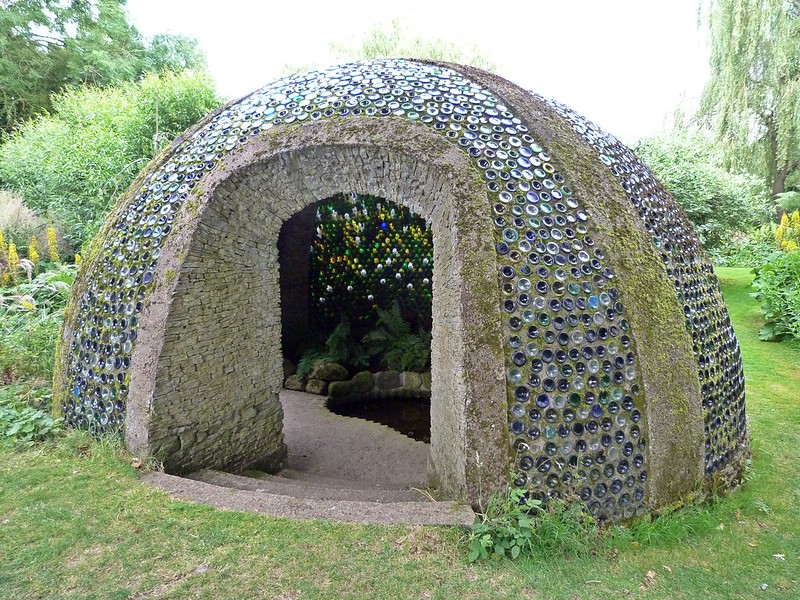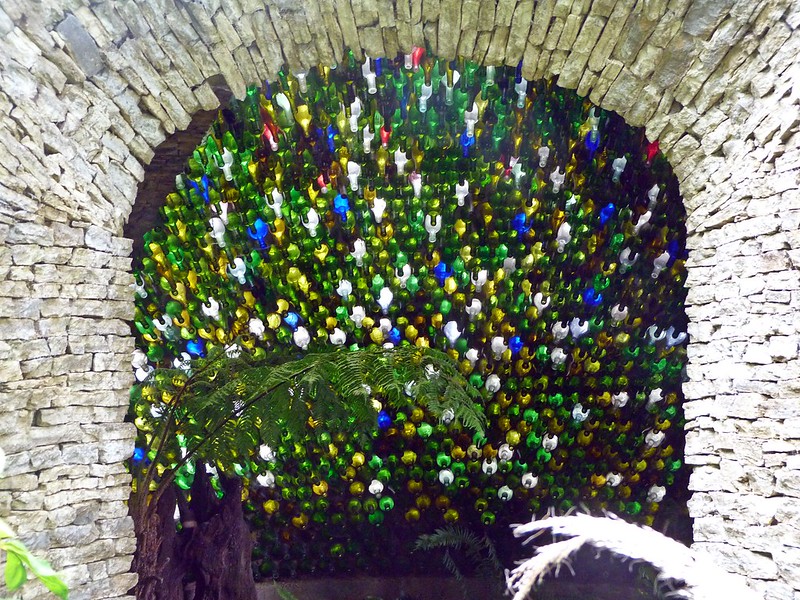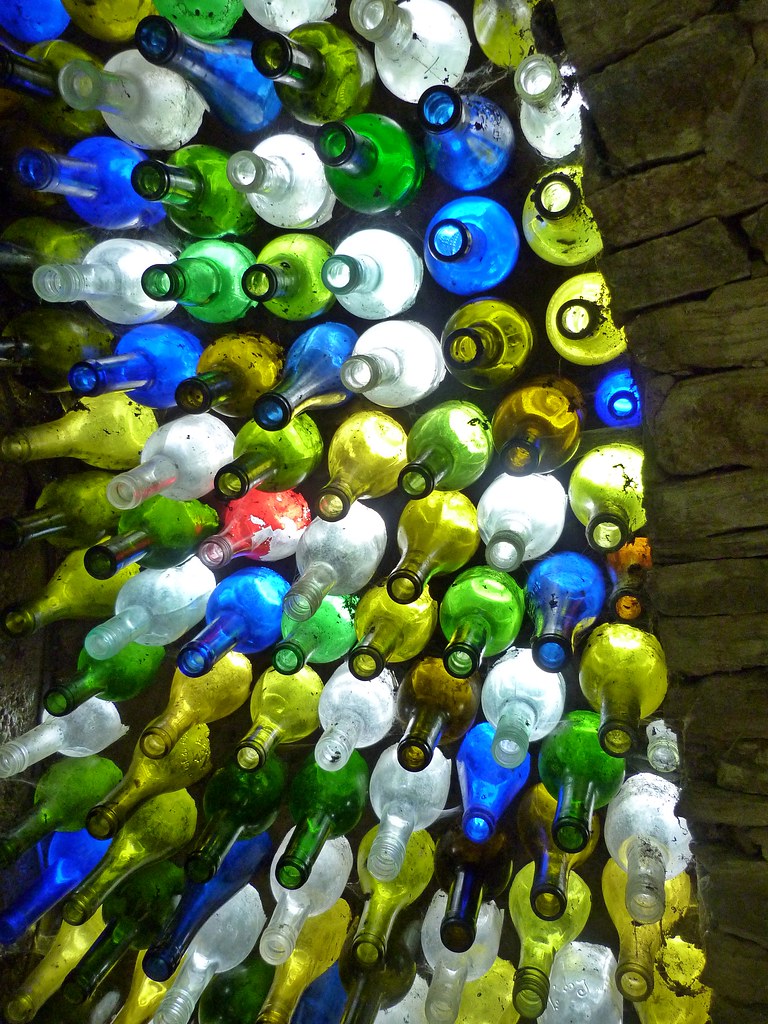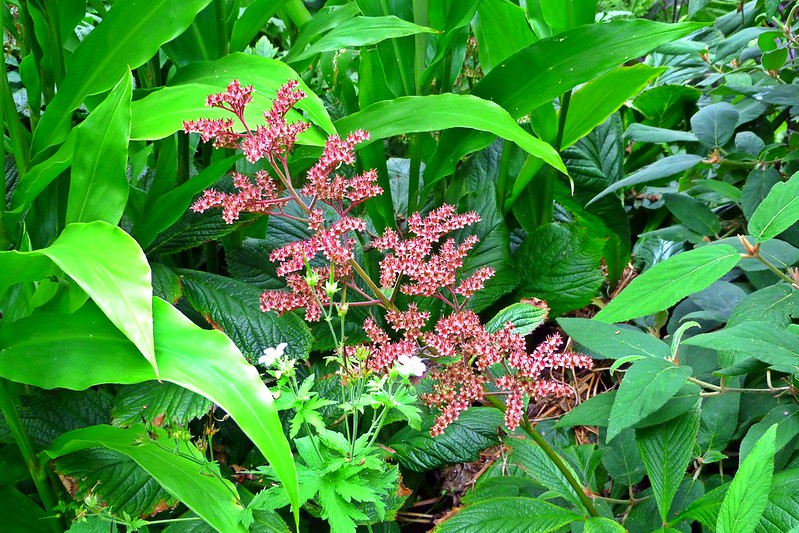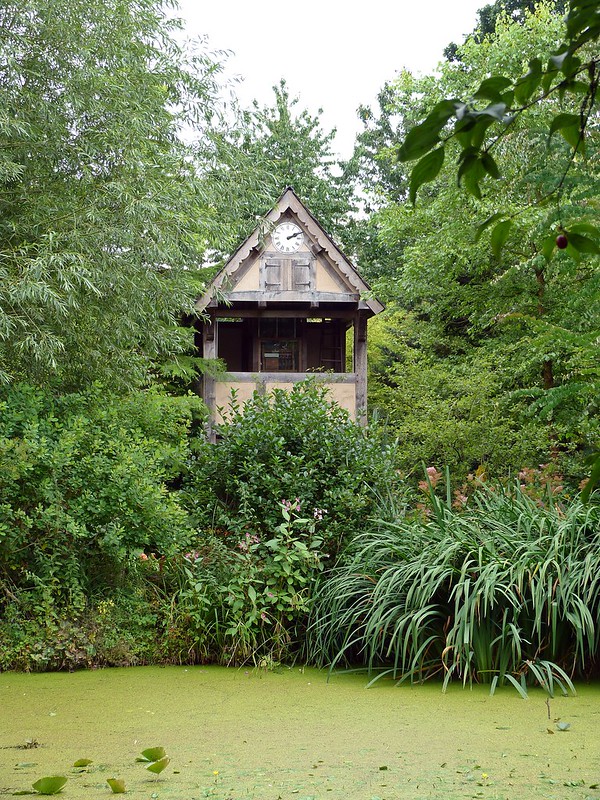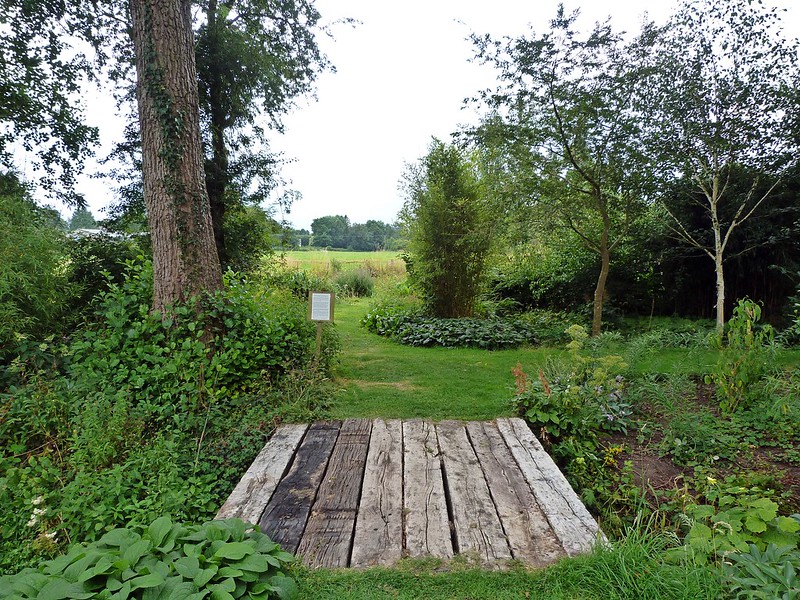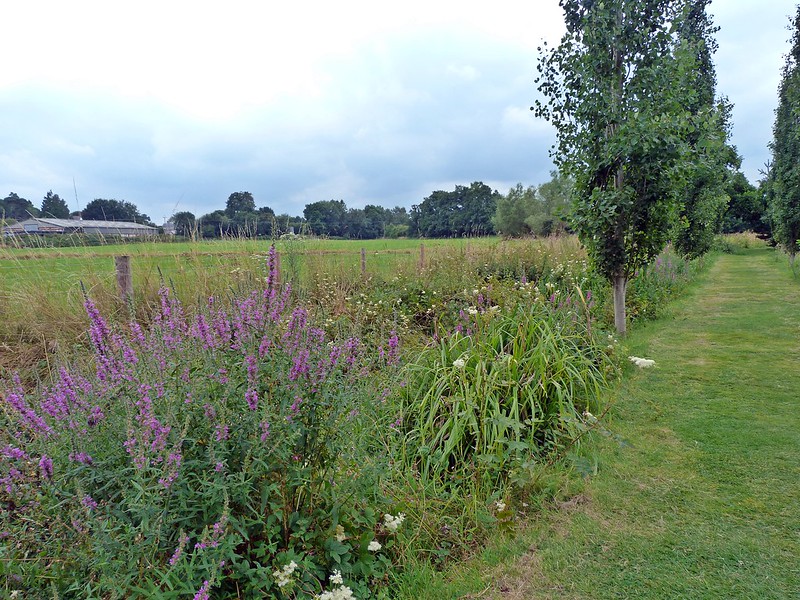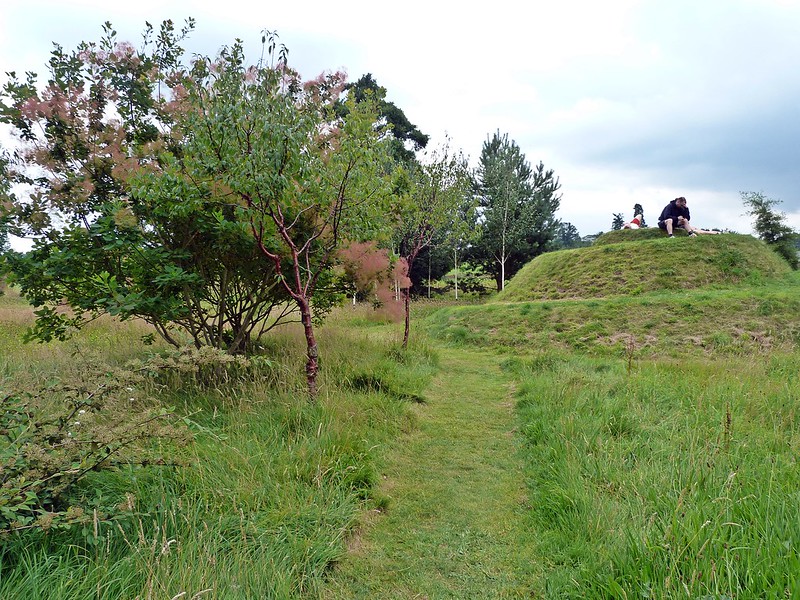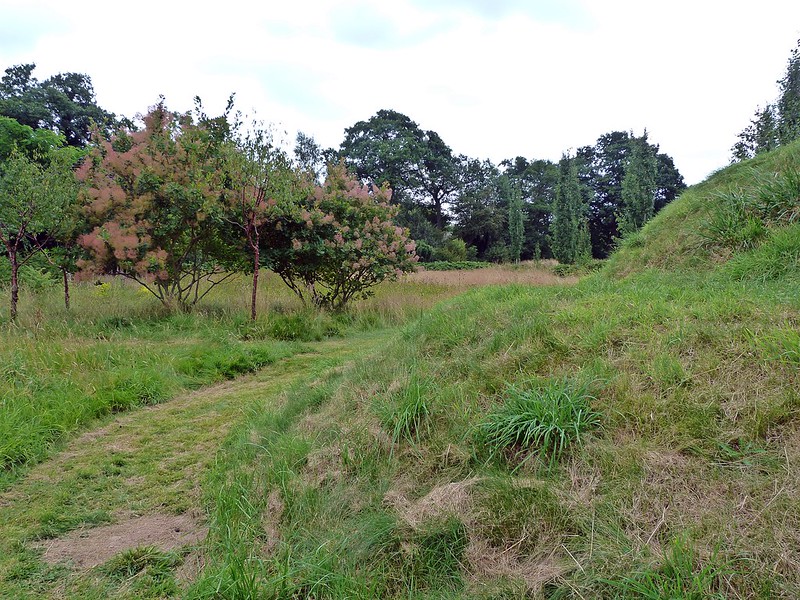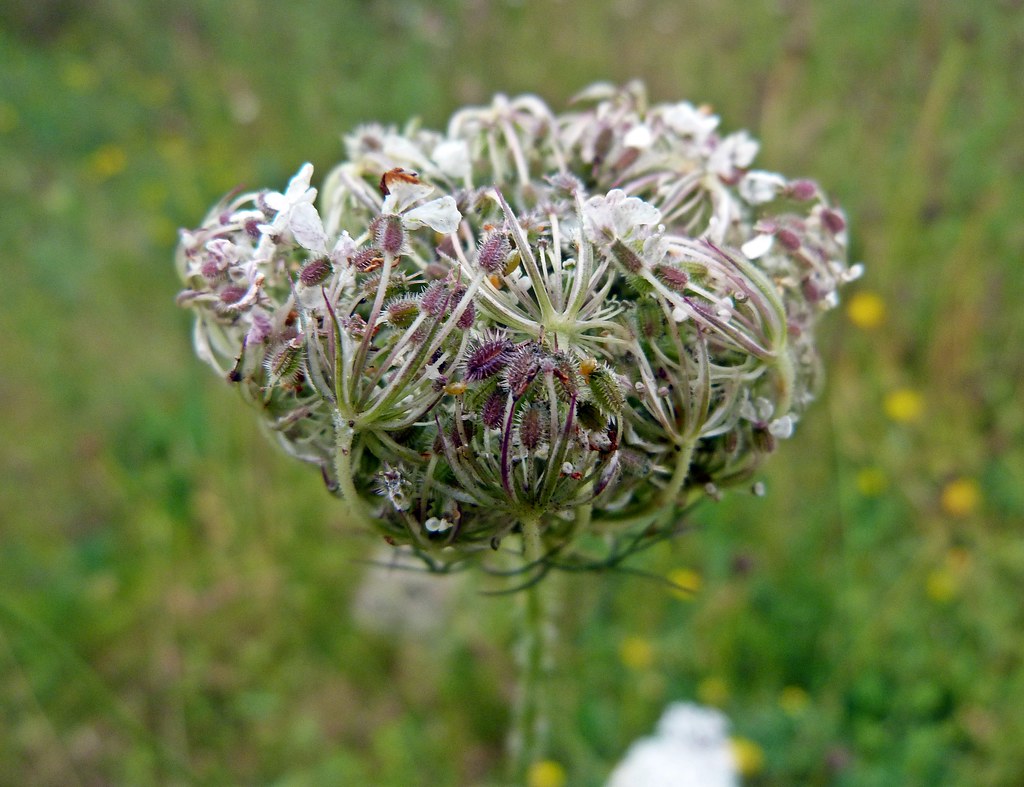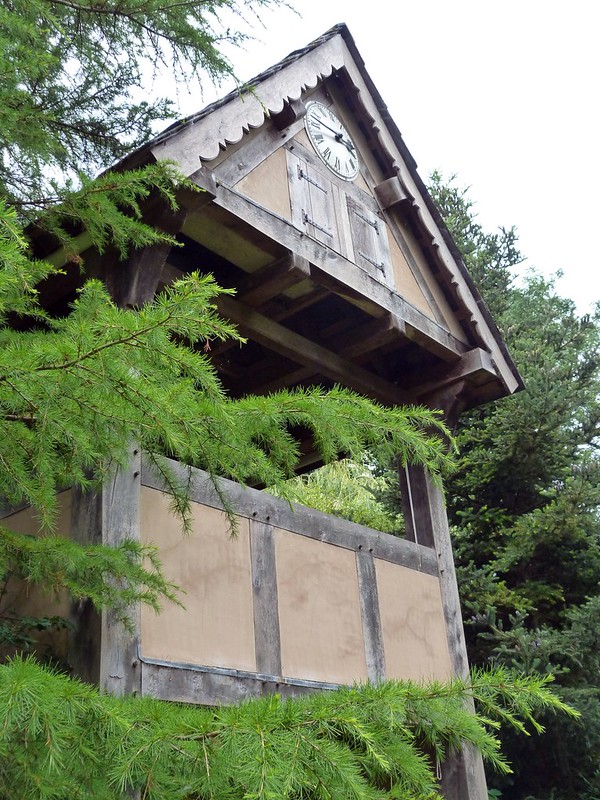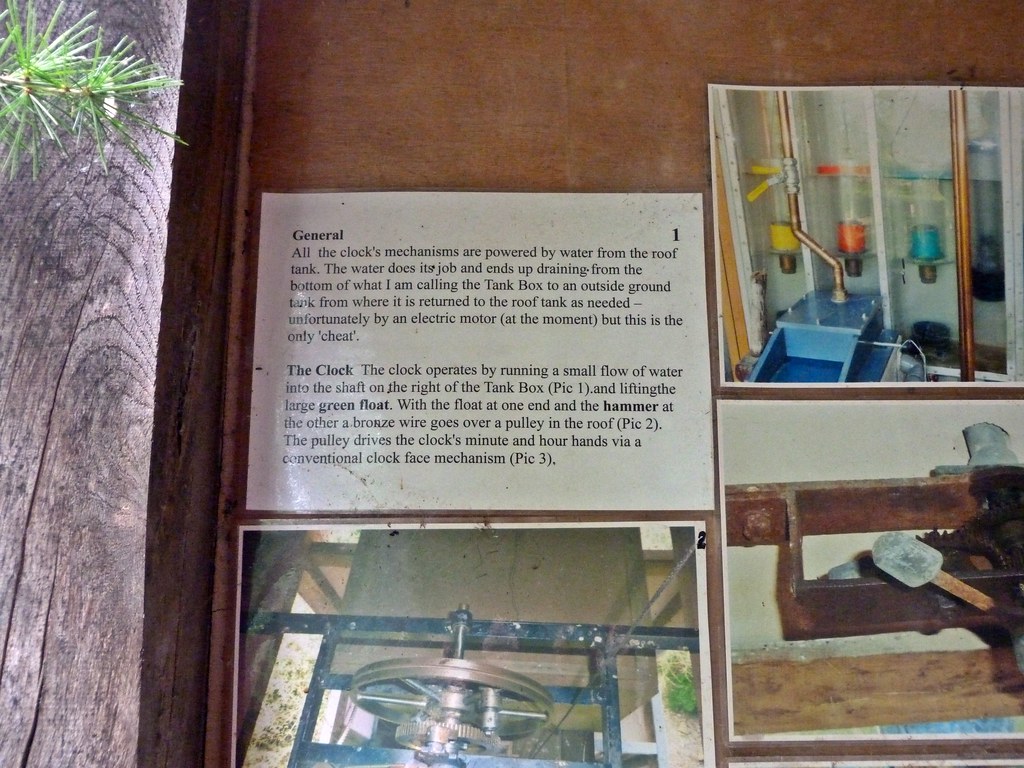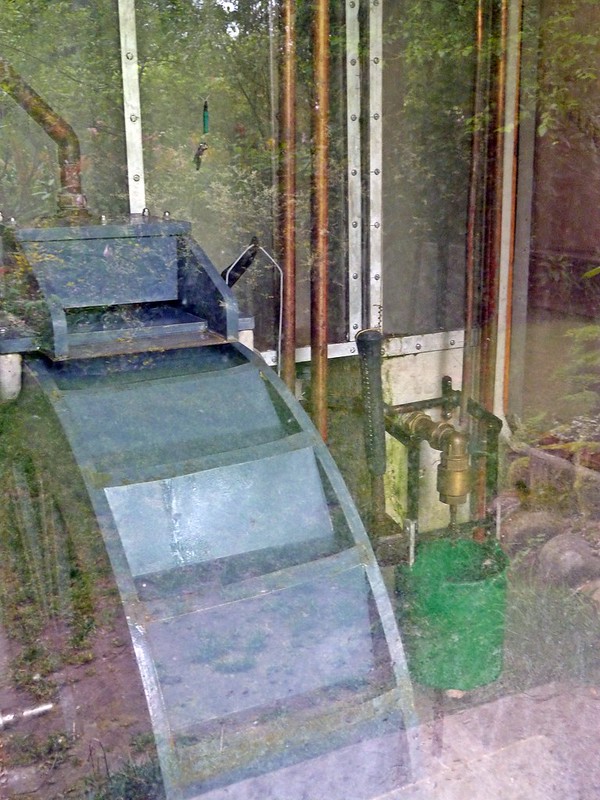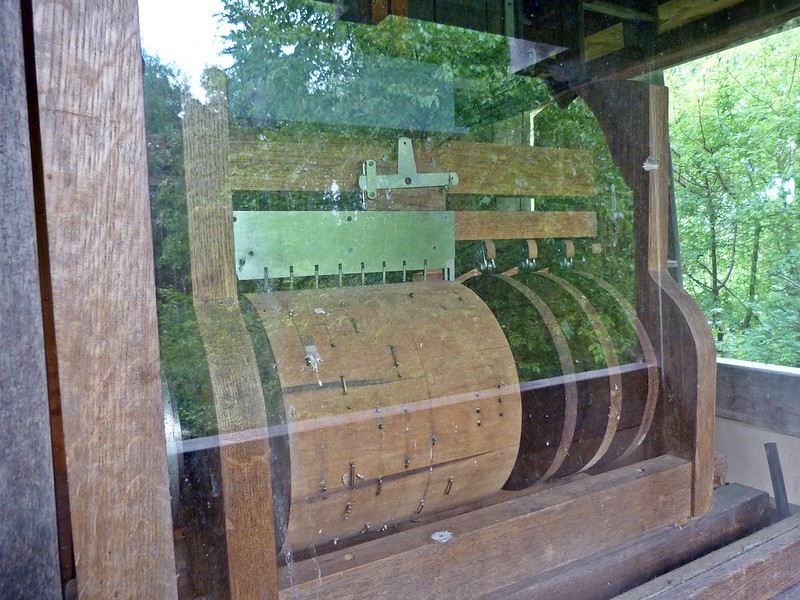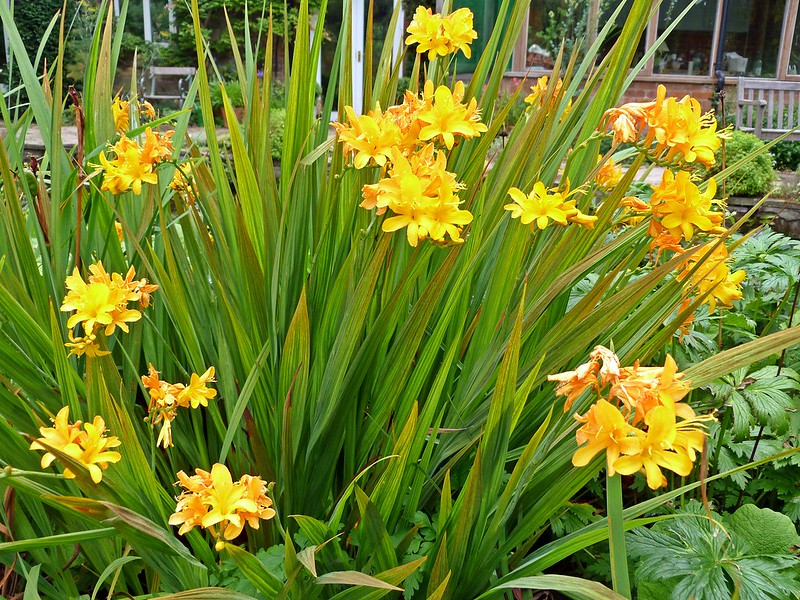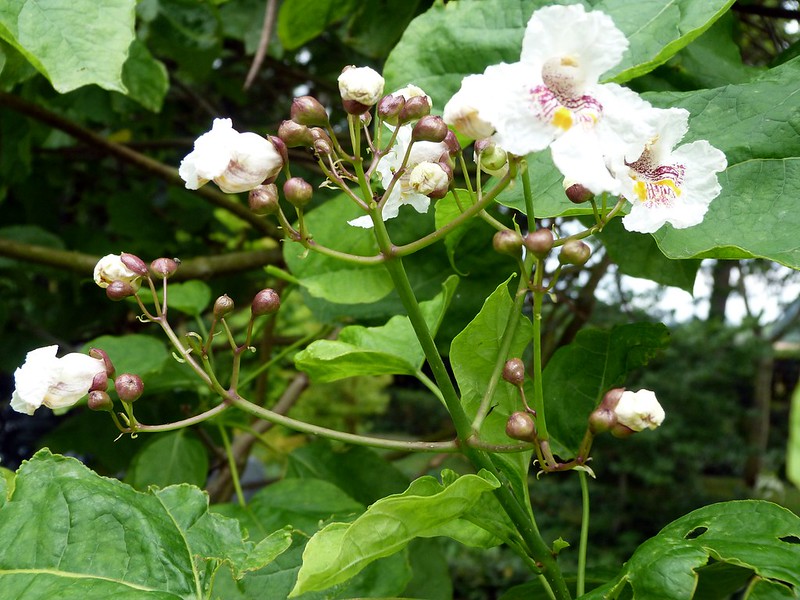Westonbury Mill, Pembridge, Aug 19
Aug 13, 2019 8:28:00 GMT
Post by lugg on Aug 13, 2019 8:28:00 GMT
Westonbury Mill Water Gardens
I think this garden is a pure delight. It is now one of my favourites in Herefordshire and I am looking forward to seeing it during different seasons.
The garden is the work of Richard Pim a hydrogeologist who was searching for water in the Libyan desert in 1969 and asked a friend to look out for and buy a water meadow in the UK on his behalf. So the resultant 17 acres and a tumble down mill became, after renovation, a holiday home for many years. In 1997 he moved in full time and a few years later started work on creating the gardens from the water meadows. It was always meant to be a garden that would open to the public as a business. The creator says in various articles that, although he understood water and how to make best use of it, he really had no idea about gardening so in the early days it was trial and error to see which plants would thrive.
Here is a short video from the Gardeners World team which gives a good introduction to the garden.
www.facebook.com/westonburywatergardens/videos/1831288117151597/
If anyone would like to learn more about the garden and mill as it progressed over the years the best place is to read “Our Story” on the Facebook page www.facebook.com/westonburywatergardens/
Apologies to anyone not on facebook but I cannot find these links anywhere else.
It’s made up of various ponds, some large some small, a Rill and the Leat and is surrounded by Curl Brook – part of which is diverted to the gardens. Consequently the plants are mainly water plants/ bog plants/ marginals . Also there is a wildflower meadow and a few quirky follies.
So now for some photos.
As Ralph Court, it is in a very rural location so much so that the grass grows on the road leading to it,

and then there is a track to it through some water meadows,


I spotted the tea room / café as I got out of the car, bought my ticket and eyed up the goods and decided that I would stop back in again on my way out for refreshments.
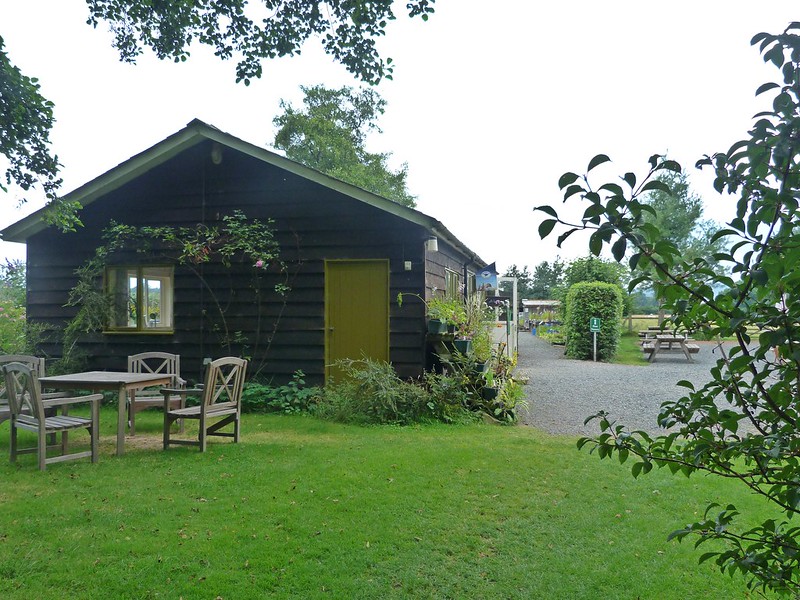
A bridge to cross over Curl Brook and then into the gardens.

As you enter you pass the restored mill on the left – such a pretty house, with a lovely pond in front of it,
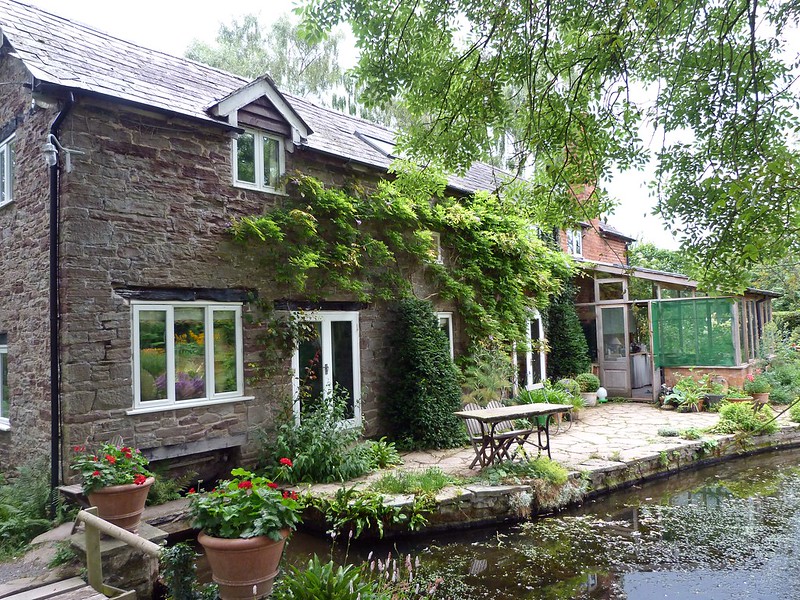
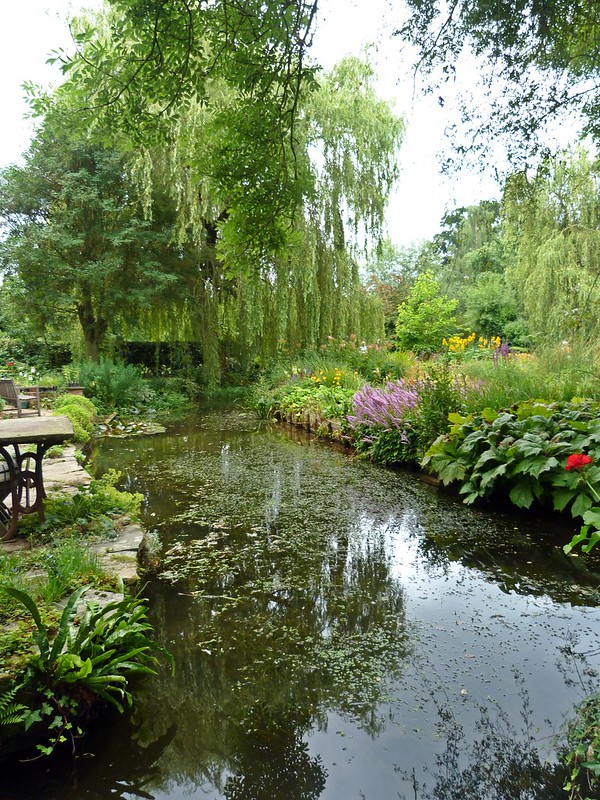
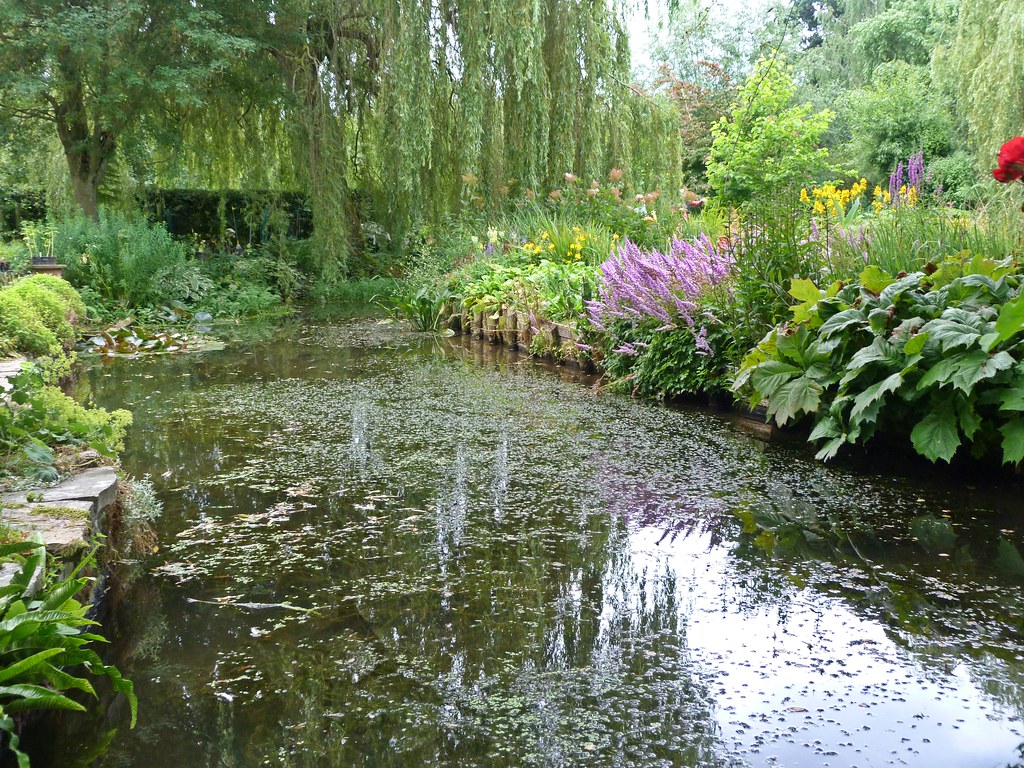
And on the right I found the first of the follies – a tower spouting water from gargoyles.
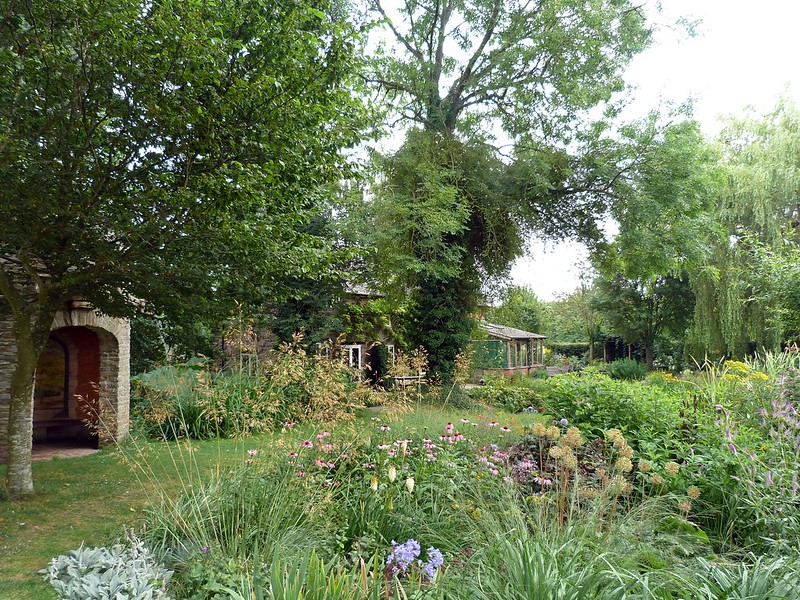



I believe that this is the first one that the owner built, using an old water wheel that he found at the site. He carved the gargoyles himself. Water is taken up from Curl Brook through a bucket system and leaves via the gargoyles mouths.

The tower is home to a number of white doves who look askance at the carvings. ( and crap on them too)
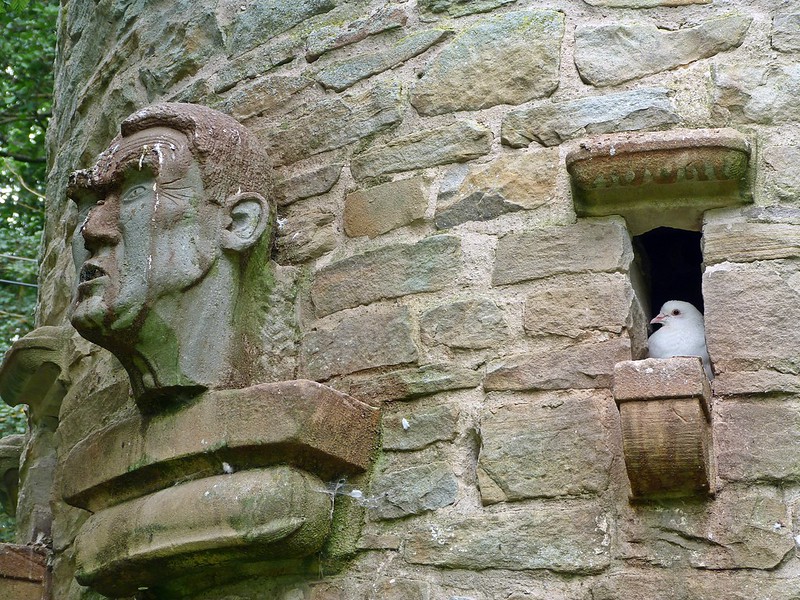
Inside the tower is a mural – I presumed it depicts the mill in its working days.

Next I wandered over to the largest pond.
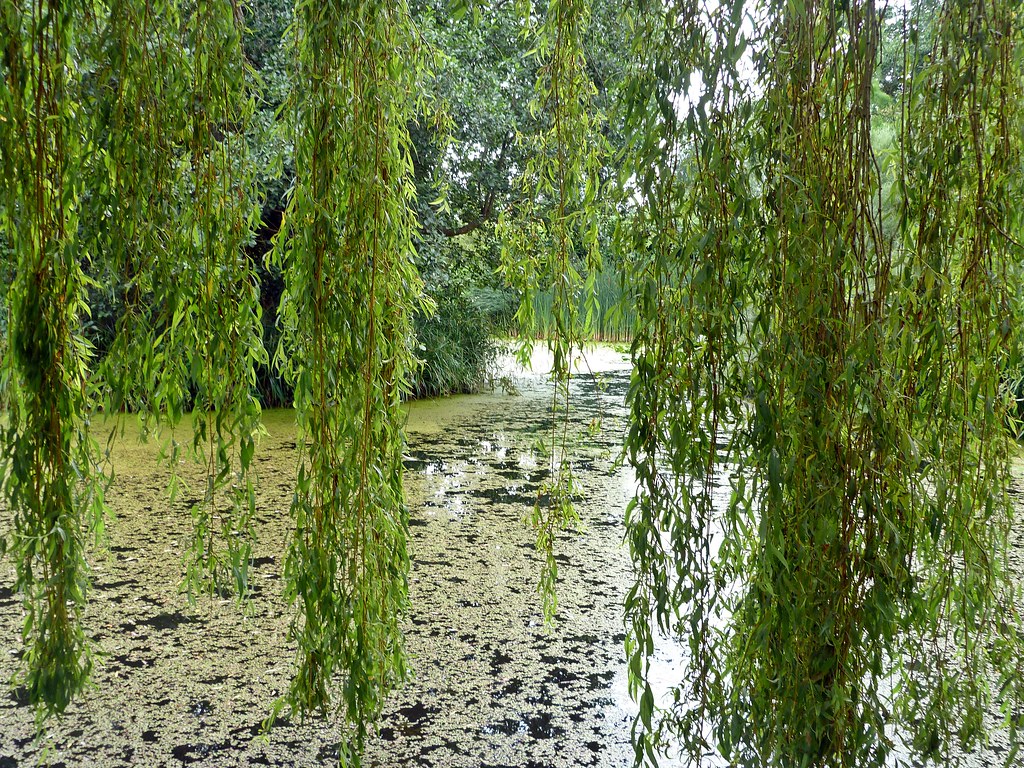
It all looks very green from this vantage point.


But as you wander around the colour of the planting kicks in. It is a haven for pollinators and the smells from several plants are divine. Many of the plants were completely unknown to me. Some are well known favourites and I’ve identified some but any help is always appreciated. I have no idea what the golden yellow flower is – this smelt so good and was loved by pollinators.





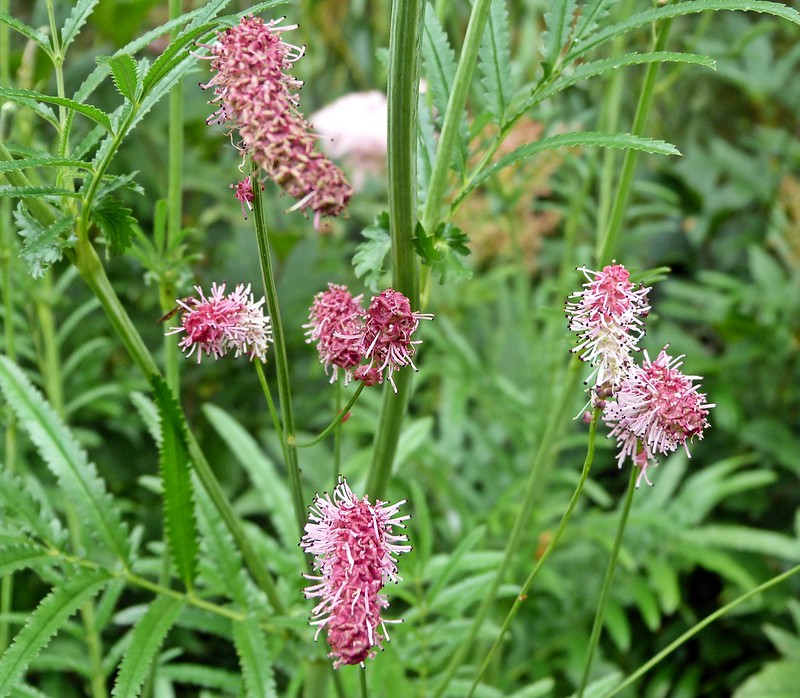


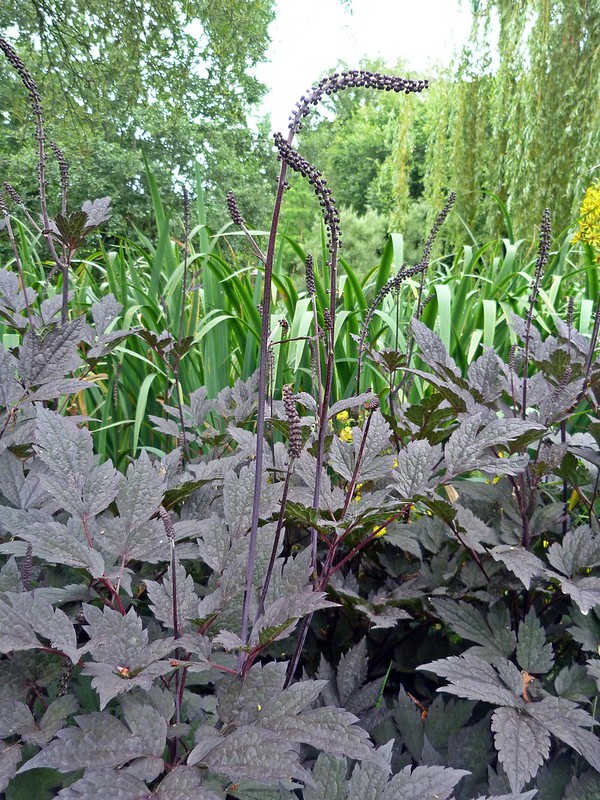






Some pollinator pics;


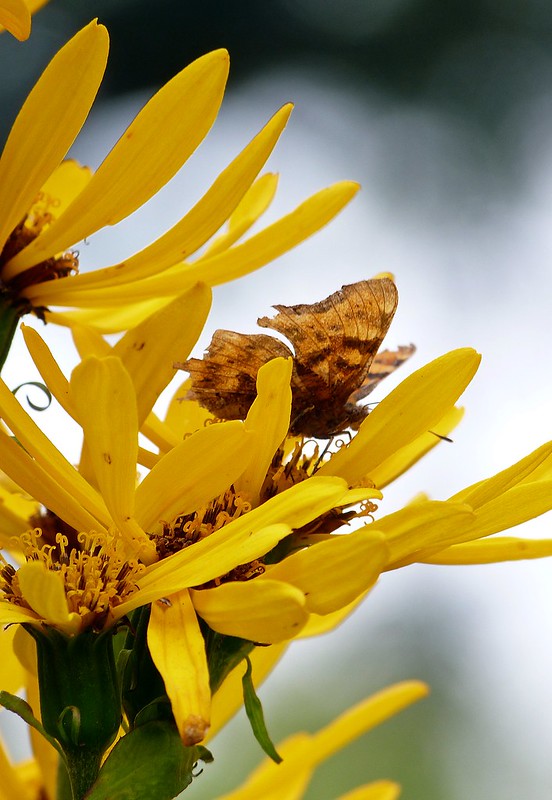
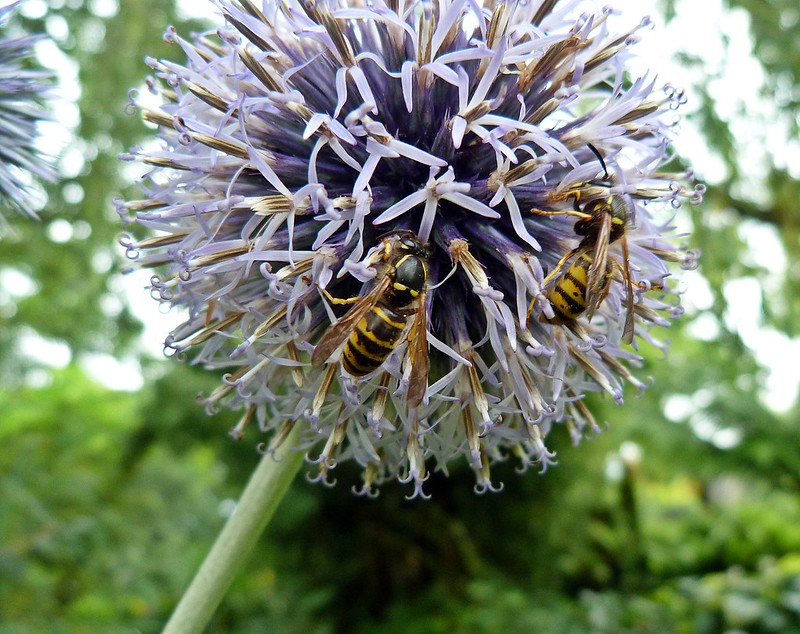
OK enough flora for now…on to look at some of the other follies. Richard Pim’s definition of a folly " is that the style and elegance of a thing, rather than the function, is its purpose. Immediately it does something useful, it's not a folly."
Others may disagree; more here;
www.telegraph.co.uk/gardening/gardenprojects/10401437/Sheer-follies-a-very-British-eccentricity.html
I think this garden is a pure delight. It is now one of my favourites in Herefordshire and I am looking forward to seeing it during different seasons.
The garden is the work of Richard Pim a hydrogeologist who was searching for water in the Libyan desert in 1969 and asked a friend to look out for and buy a water meadow in the UK on his behalf. So the resultant 17 acres and a tumble down mill became, after renovation, a holiday home for many years. In 1997 he moved in full time and a few years later started work on creating the gardens from the water meadows. It was always meant to be a garden that would open to the public as a business. The creator says in various articles that, although he understood water and how to make best use of it, he really had no idea about gardening so in the early days it was trial and error to see which plants would thrive.
Here is a short video from the Gardeners World team which gives a good introduction to the garden.
www.facebook.com/westonburywatergardens/videos/1831288117151597/
If anyone would like to learn more about the garden and mill as it progressed over the years the best place is to read “Our Story” on the Facebook page www.facebook.com/westonburywatergardens/
Apologies to anyone not on facebook but I cannot find these links anywhere else.
It’s made up of various ponds, some large some small, a Rill and the Leat and is surrounded by Curl Brook – part of which is diverted to the gardens. Consequently the plants are mainly water plants/ bog plants/ marginals . Also there is a wildflower meadow and a few quirky follies.
So now for some photos.
As Ralph Court, it is in a very rural location so much so that the grass grows on the road leading to it,

and then there is a track to it through some water meadows,


I spotted the tea room / café as I got out of the car, bought my ticket and eyed up the goods and decided that I would stop back in again on my way out for refreshments.

A bridge to cross over Curl Brook and then into the gardens.

As you enter you pass the restored mill on the left – such a pretty house, with a lovely pond in front of it,



And on the right I found the first of the follies – a tower spouting water from gargoyles.




I believe that this is the first one that the owner built, using an old water wheel that he found at the site. He carved the gargoyles himself. Water is taken up from Curl Brook through a bucket system and leaves via the gargoyles mouths.

The tower is home to a number of white doves who look askance at the carvings. ( and crap on them too)

Inside the tower is a mural – I presumed it depicts the mill in its working days.

Next I wandered over to the largest pond.

It all looks very green from this vantage point.


But as you wander around the colour of the planting kicks in. It is a haven for pollinators and the smells from several plants are divine. Many of the plants were completely unknown to me. Some are well known favourites and I’ve identified some but any help is always appreciated. I have no idea what the golden yellow flower is – this smelt so good and was loved by pollinators.















Some pollinator pics;




OK enough flora for now…on to look at some of the other follies. Richard Pim’s definition of a folly " is that the style and elegance of a thing, rather than the function, is its purpose. Immediately it does something useful, it's not a folly."
Others may disagree; more here;
www.telegraph.co.uk/gardening/gardenprojects/10401437/Sheer-follies-a-very-British-eccentricity.html



